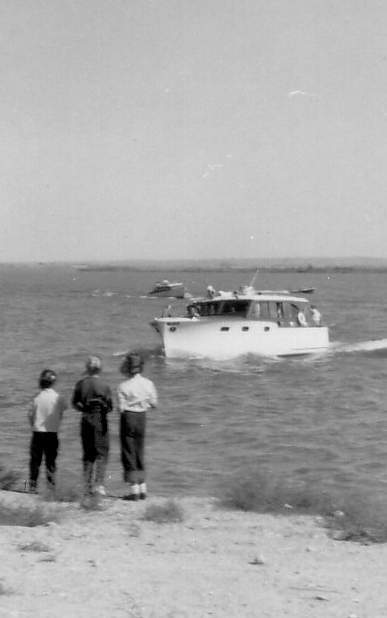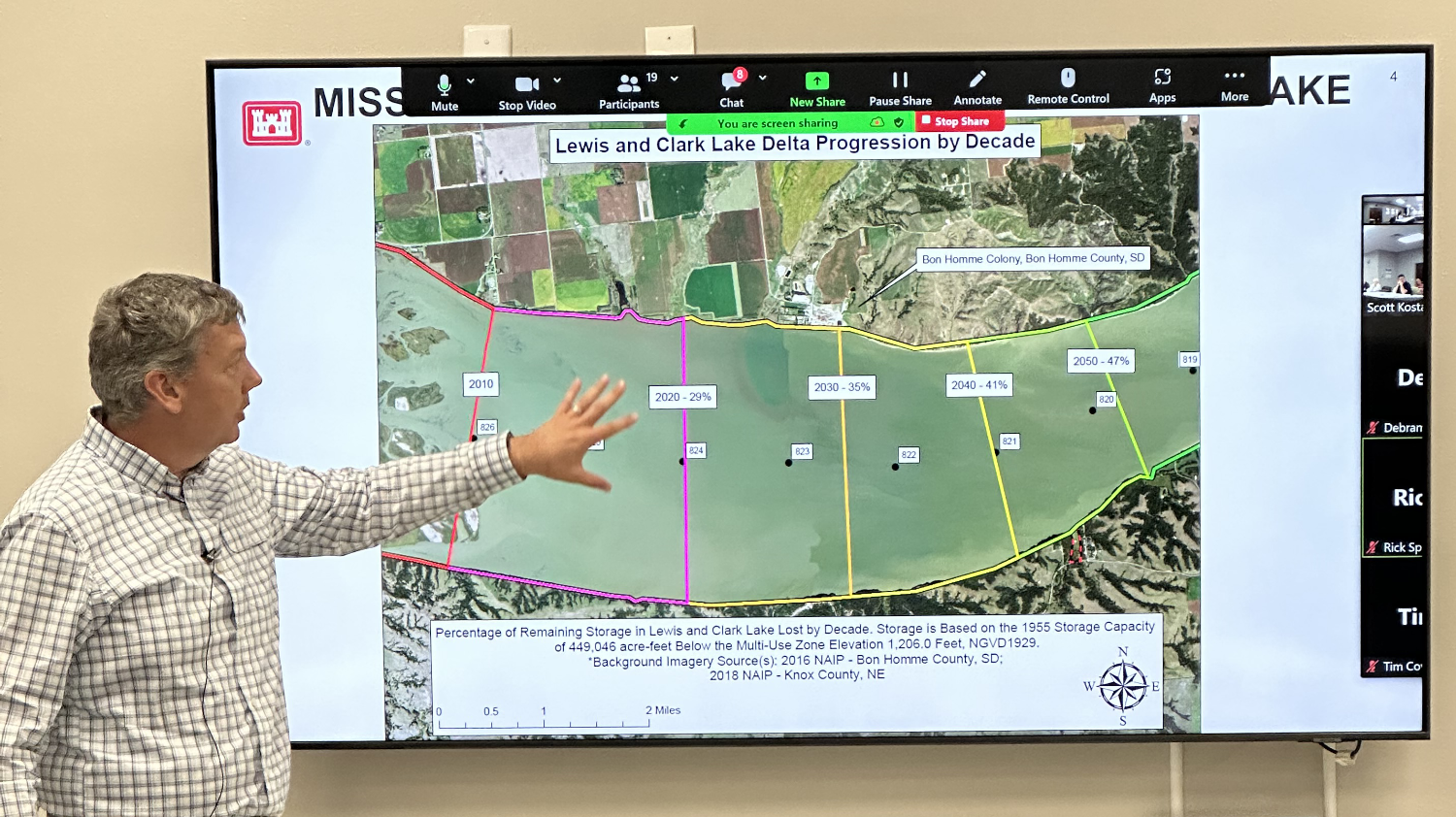Time for a Plan
The dams and reservoirs of the Missouri River mainstem system are a national resource, which must be sustained for the future. Accumulating sediment in the reservoirs reduces capacity for storing water and negatively impacts system benefits. Currently, there are no plans in place to sustain the Missouri River reservoirs or address the impacts of sedimentation. MSAC believes this needs to change.
Since 2018, MSAC has been working with stakeholders and the US Army Corps of Engineers to develop a Sediment Management Plan for Lewis and Clark Lake. MSAC anticipates this process will assist the other Missouri River reservoirs in future planning.
Read the latest draft of the Project Management Plan (September 4, 2020)
Read more about the Solutions Workshop held in June of 2021.
Learn more about MSAC and its mission below. Find more testimonial videos.
System benefits include flood control, hydropower, navigation, water supply & water quality, fish & wildlife and recreation The US Army Corps of Engineers estimates that 75,545 acre feet of sediment enters the reservoirs annually. Without sustainability plans for the reservoirs these already diminishing benefits will wither away.
MSAC – 2020






